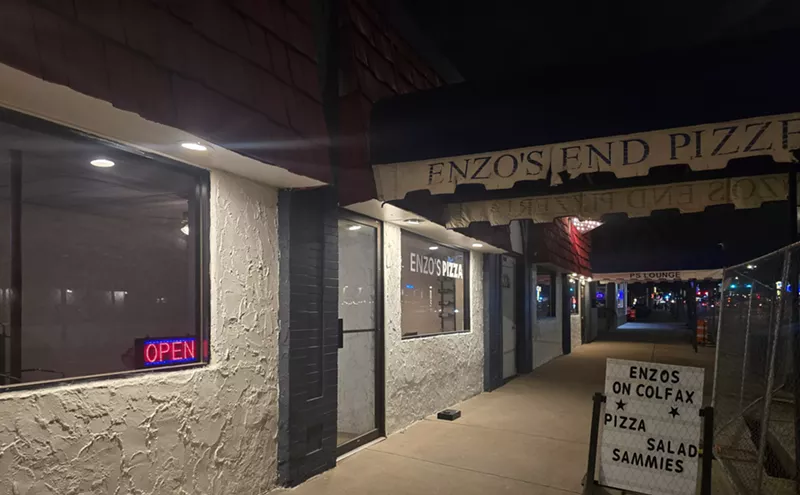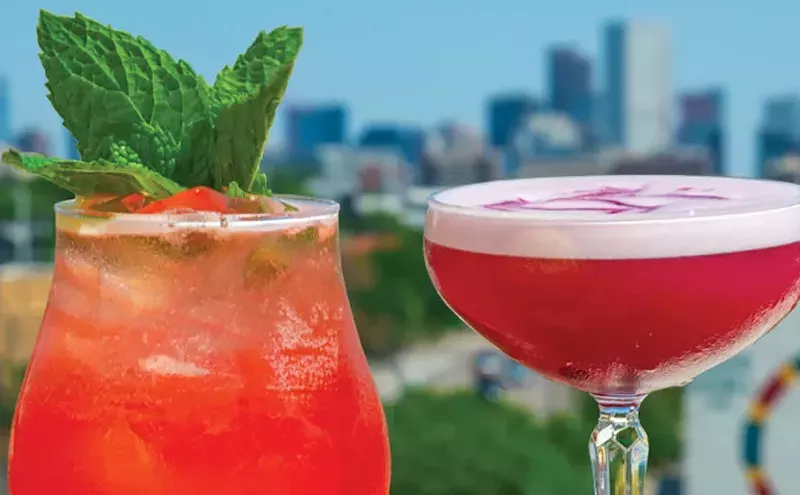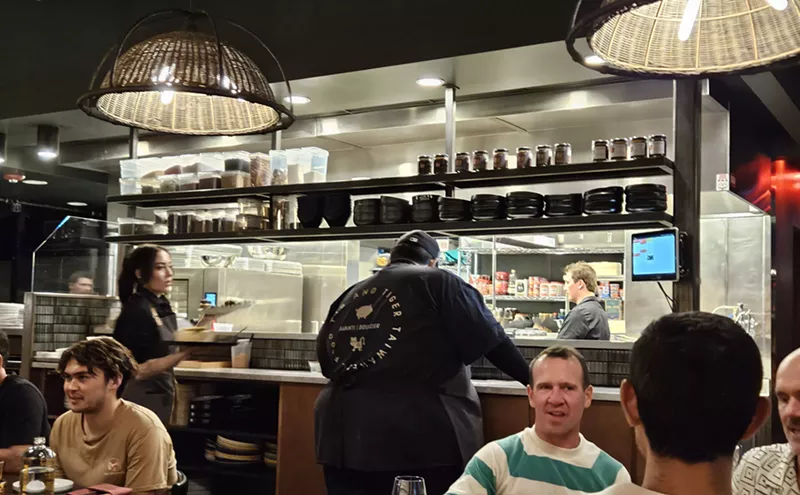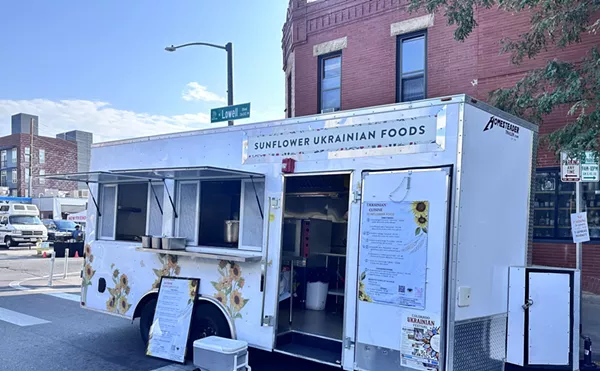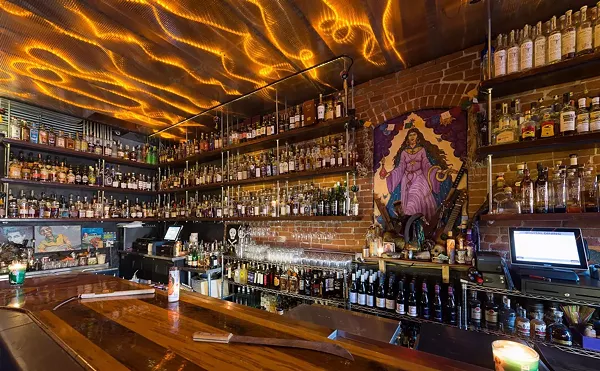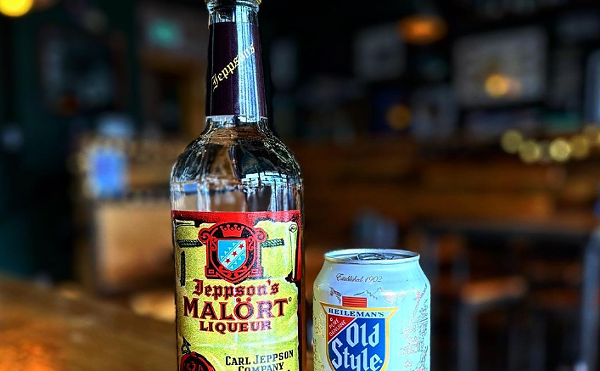That's if you accept the notion that there is such a thing as Swiss cuisine. What you eat in Switzerland is really French and German and Italian and Austrian fare, with dishes from a few other countries thrown into the mix and an accent that changes depending upon where you're eating. In the north and east, cabbage-packed soups and heavy German and Austrian dishes dominate; the western cantons serve more refined French fare; the southwest offers Italian polenta and pasta; and the rebellious southeast, known as Graubünden, serves whatever the hell it wants to. But what it wants to serve is almost always wonderful, because the Swiss know how to take simple ingredients to a higher level. Swiss cheese and Swiss chocolate, for example, set the standard for the rest of the world. The Swiss also pour intense coffee, create wonderfully buttery pastries, know what to do with fresh fruit and actually make oats palatable. And no one does more magnificent things with potatoes.
The history of this now-neutral country involves many unsettled periods that begin with the letter "H": Helvetians, Hapsburgs and the Holy Roman Empire. But the real winners of the many wars for Switzerland were the ones who got to stay there, living on some of the planet's most fertile soil, surrounded by breathtaking mountains and blessed with sunshine that illuminates everything it hits. Even cows are beautiful in Switzerland.
As a traveler who once asked a Swiss lawyer sitting nearby at a Lucerne restaurant how much it would cost to buy, say, ten acres in Switzerland (he burst out laughing and asked what I did for a living in America), I cannot fathom anyone moving to this country from that one. Unless, of course, they came to Colorado -- which is exactly what George and Elaine Mast did in 1996. "We wanted to go on an adventure," George explains. "And where else do you go from Switzerland than to Colorado?" And so they exchanged Zürich, where they'd managed a restaurant, for Breckenridge, where they opened the Swiss Haven Restaurant.
The restaurant took off so quickly that they soon sold the concept -- and Elaine's recipes -- to a franchise operator out of Steamboat Springs. They kept the original Swiss Haven, though, and by last summer, they were ready to open a second location in the former home of Uncle Sam's (and, before that, Anastasia Vieux Carré). But in Greenwood Village they encountered a problem they'd never had in Switzerland -- or even Breckenridge. "The phone service here is awful," George grumbles.
Reservation-making snafus notwithstanding -- the phone has an annoying way of hanging up on you mid-conversation -- Swiss Haven lives up to its name. This is a relaxing, charming getaway of a restaurant with friendly servers and the kind of rich, hearty fare that makes a Swiss meal worth dieting for. The space looks more elegant than it did in earlier incarnations; it's done in creamy tones, with filmy white curtains blocking out the parking lot during the day -- when the sun makes the place a bit warm -- and a twinkle of white lights along the window blocking out passing headlights in the evening. The decorations dangling overhead are just what you'd find in casual taverns in Basel and Zürich: Swiss advertisements featuring lederhosen-clad little boys. All in all, the eatery is as comforting as a vat of warm butter.
Not to mention cheese, chocolate, bread and wine. The second we stepped into Swiss Haven, we started craving those major food groups. Fortunately, a basket filled with French-style bread quickly appeared, as did a small but impressive wine list that included a few Swiss choices. The Swiss are as serious about wine as their neighbors are, but since most of the wineries in Switzerland are small, there's not much available for export. (Actually, the Swiss are so serious about wine that they drink most of their product.) "I have to say I'm proud to share the wines of my homeland," says George, who marks up the Swiss wines less than he does wines from other countries, as an enticement for diners to try them. "There's something about watching people walk out of here talking about how remarkable the wines were." And there's a lot that makes sense about ordering a wine from the country whose food you're consuming: Shared sun and soil create a certain compatibility, and local palates, of course, like to make wines that complement available ingredients.
At Swiss Haven, the key ingredient is cheese -- great Vacherin, Appenzeller, Gruyère and Emmentaler -- which comes melted over many dishes but is best sampled from a fondue pot. The Swiss invented fondue, but that doesn't mean a restaurant that serves fondue is an authentic Swiss eatery -- not in Denver, at least. The Masts' fondue is no Swiss miss, though. The pot comes filled a quarter of the way with cheese -- they use the cheaper, milder, oilier Emmentaler in just one version and otherwise stick with the fruitier, nuttier Gruyère, with its superior melting quality and sharper flavors -- as well as a dry white wine that mimics the aged quality of the cheeses, kirschwasser and garlic. True to tradition, the pot is accompanied by nothing more exotic than bread chunks in a wooden bucket. Spear a chunk, then dunk it in the cheese, always stirring in a figure eight to keep things well combined. (Bet you can't eat just one!) And then, when the fondue's almost gone, you fight over la croûte, also known as la religieuse -- a name that makes perfect sense to anyone who reveres the crispy, browned crust that forms in the center of the fondue pan.
Swiss Haven's Neuenburger fondue, with a mix of Emmentaler and Gruyère, is the most common combination in Switzerland; we found it simple and straightforward, if a little dull. The house fondue was more interesting. The Masts so love the bold, raw flavor of Vacherin -- also known as Vacherin Fribourgeois, to distinguish it from France's Vacherin du Haut-Doubs and Switzerland's Vacherin Mont d'Or, a usually unpasteurized cheese that's hard to get in this country -- that they decided to pair it with another favorite, Appenzeller, an almost piquant cheese as renowned for its pronounced flavor as for its often outrageous price. The resulting fondue was flawlessly melted and melded, pure cheese nirvana. Next time, though, we'd skip the side of mixed vegetables, because the crunchiness of the under-steamed broccoli, cauliflower and carrots took away from the glorious gooeyness of the cheese.
In addition to the five cheese fondues, Swiss Haven also offers a roster of house specialties, all of which come with spätzli or rösti. The former is to Germans in Switzerland what pasta is to the Italians; rubbing the dough through a special sieve into boiling water gives the noodles their funny little shapes. Swiss Haven's take on spätzli was soft, with no floury aftertaste or half-done centers. After fondue, rösti is Switzerland's favorite dish -- and with good reason, judging from Swiss Haven's version. The shredded spuds were butter-soft inside, fried golden outside, and the potato cake was as big as the frying pan from which it emerged, a faintly greasy, crackle-encased marvel. These heavenly hash browns had just the right crunch to set off the Zuriberg, a classic Swiss preparation of tender veal strips dripping with a rich, creamy, mushroom-based sauce -- what stroganoff only wishes it could taste like.
Swiss Haven did just as well with more modest dishes, including the Bündner Gerstensuppe, a rustic soup that combined barley and Bünd- nerfleisch, or air-dried beef. The tomato-basil soup suffered only by comparison; the thinner but no less flavorful concoction was rife with fresh basil and had an almost Italian red-sauce taste. After making our way through luncheon entrees -- Jungfrau, a sizzling platter of rösti topped by a grilled bratwurst and an oily, super-rich onion gravy; and Kaseschnitte, an open-faced sandwich of wine-soaked French bread with Swiss-style prosciutto, pear slices and melted Vacherin and Gruyère -- we were ready to skip dinner.
Not dessert, though. While chocolate fondue is considered an aberration in Switzerland, Swiss restaurants in this country would be nuts not to include it. And so Swiss Haven sacrifices lots of excellent Swiss chocolate to create a thin but densely chocolatey fondue, which comes with marshmallows, a ladyfinger, pineapple, bananas and strawberries for dipping.
After two meals at Swiss Haven, it was impossible to remain neutral on the issue of Swiss cooking. Just smile and say cheese.




